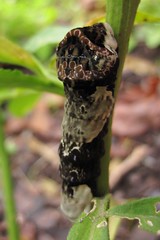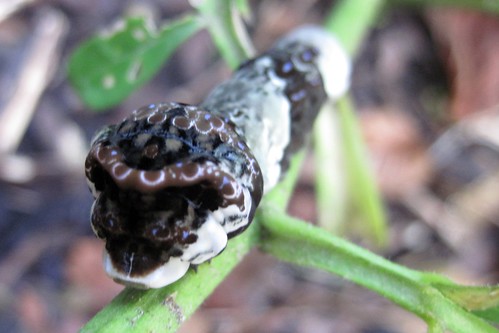 In addition to costumes and candy, there is other cause for celebration this Halloween. The North Branch Nature Center now has data in eBird for all 52 week-periods of the year! eBird is a massive online bird sightings database, and the missing info from the third week in October was a gap as obvious as a missing front tooth, which has now been filled. Beyond personal interest, eBird has tons of practical implications for avian conservation, allowing scientists to use observations from thousands of bird watchers to study bird distribution and abundance.
In addition to costumes and candy, there is other cause for celebration this Halloween. The North Branch Nature Center now has data in eBird for all 52 week-periods of the year! eBird is a massive online bird sightings database, and the missing info from the third week in October was a gap as obvious as a missing front tooth, which has now been filled. Beyond personal interest, eBird has tons of practical implications for avian conservation, allowing scientists to use observations from thousands of bird watchers to study bird distribution and abundance.While in reality this is not a major milestone, it represents an increased effort by bird watchers everywhere to record what they see and share those observations with scientists and the general public. The current year (2011) marked a particularly deliberate uptick in eBird activity. The Vermont County Quest enlisted birdwatchers from throughout the state in a competition to see which county had “the most birds”, using eBird as a platform for measuring success. The results have been self-evident. Here in Washington County, eBird users have submitted 1642 checklists, a 58% increase from last year at this time.
As an example of the tremendous power of eBird, check out the links below, and the animation of the annual Chestnut-sided Warbler migration, generated using advanced computer models and eBird data:
Vermont eBird homepage
eBird tutorial
eBird bar chart for the North Branch Nature Center
eBird bar chart for all of Washington County, VT
Washington County Birding Challenge

Click here for more info and an interpretation of this computer-generated animation based on eBird data.

 Last week’s blog post featured the second Vermont record for caterpillars of the Giant Swallowtail caterpillars, and the northernmost sighting of this species in the state. Abby Colihan found them while working in the garden in her backyard. But how did Abby ever know to think they might be rare? How many rarities like this are overlooked? And how might you, too, discover a rare critter in your own backyard?
Last week’s blog post featured the second Vermont record for caterpillars of the Giant Swallowtail caterpillars, and the northernmost sighting of this species in the state. Abby Colihan found them while working in the garden in her backyard. But how did Abby ever know to think they might be rare? How many rarities like this are overlooked? And how might you, too, discover a rare critter in your own backyard?

